July 26, 2021
Challenge accepted! …Luxury brands CAN balance consumer preferences AND brand needs through packaging.
Luxury consumers are today demanding products that help them adopt a more eco-friendly lifestyle. However, these same consumers continue to seek the delight and added value that luxury packaging provides.
Navigating new courses
Demands on brands and businesses are growing as consumers pay more and more attention to the environmental effect of what they buy and how it is packaged. This awareness increased during national lockdowns as consumers had more time to contemplate the effects of their choices. Even before lockdowns, however, the ‘Greta Thunberg effect’ was driving individuals and businesses towards carbon offsetting and more climate-friendly choices.
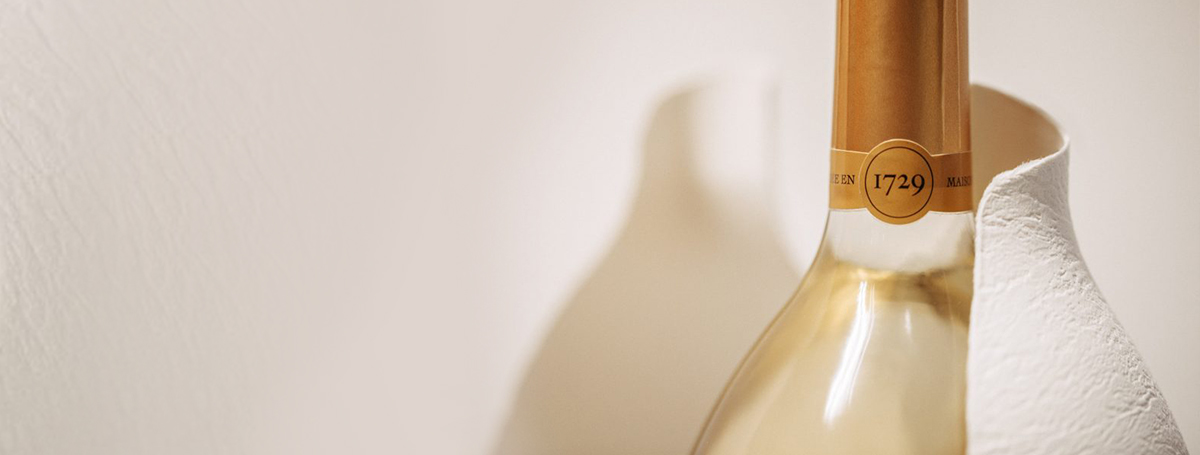
@highlevelcomDOTbe
Many luxury brands have therefore found themselves at a crossroads. They’re under increased pressure to use eco-friendly packaging, in large part due to greater consumer awareness around the environmental impact of the goods they purchase. A challenge forluxury brands is finding the balance between their aspirations to meet new sustainability demands with the need to retain their vital brand image.
Luxury packaging treading the tightrope between demands
”The route to these wins is not necessarily complicated,” says LB Odendaal, Head of Innovation and Design at IPL Packaging. “Luxury brands looking to ‘go green’ now have an increasing variety of sustainable packing solutions to choose from,” he says.
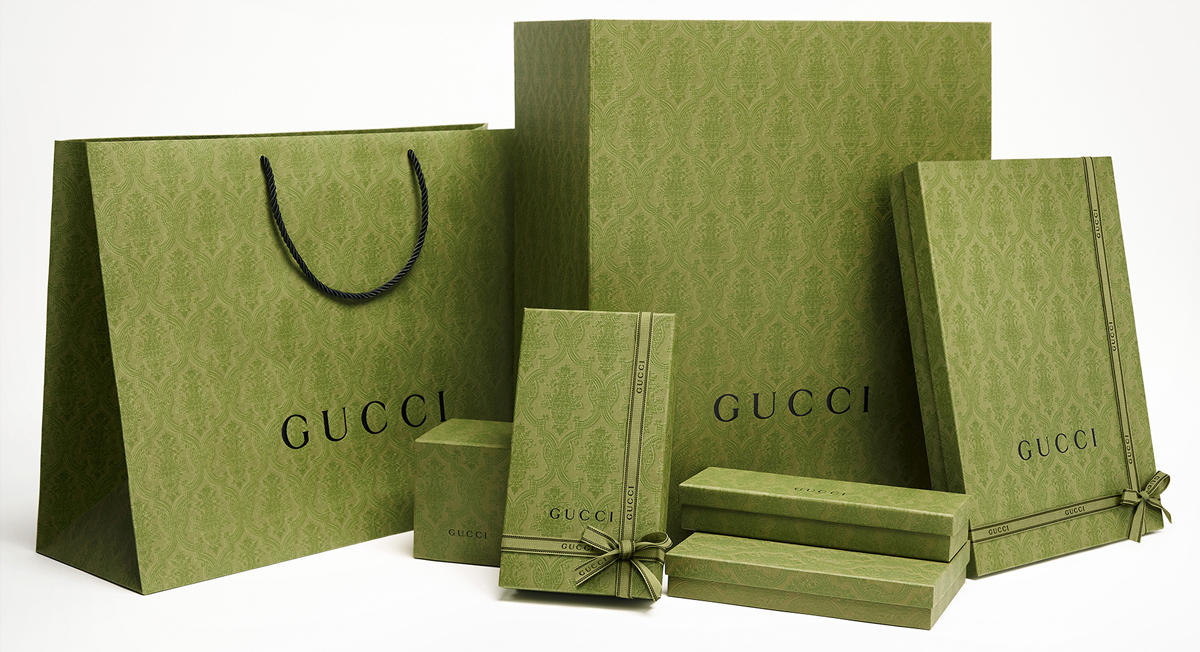
@equilibriumDOTgucciDOTcom
“Gucci, for example, has been using recycled cardboard for its boxes since 2010 without any perceived lowering of it’s brand status. Likewise Champagne producer Dom Perignon now uses recyclable, biodegradable cardboard packaging.”
“Many of these luxury brands traditionally used plastics and other luxurious (though not eco-friendly) packaging materials to convey the exclusive appearance or opulent feelings the products promise and promote,” he continues.
“Now, luxury brands are, instead, embracing the challenge of transitioning toward sustainable packaging,” says Odendaal. “For some, its positive incremental changes, for others more stringent targets are set. For example, PVH – owner of Calvin Klein, Tommy Hilfiger, and other famous brands – is working toward its goal of 100% sustainably and ethically sourced packaging by 2025.”
New innovations, new material choices
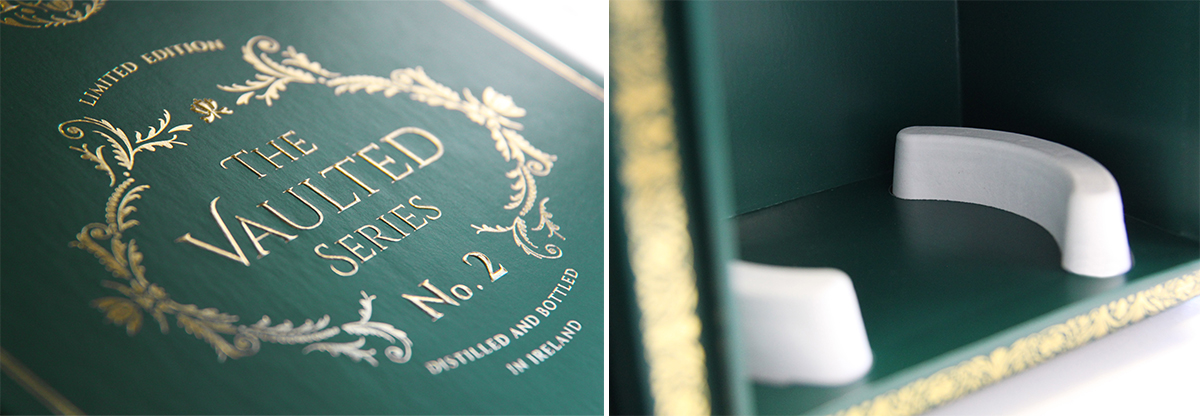
@ iplpackaging.com
“At IPL, we are finding new technologies and efficiencies that will still allow for that premium feel, but with fully recyclable and plastic-free properties,’ he continues. “Molded pulp is adaptable and biodegradable and gaining traction with luxury brands. Many plant-based alternatives to leather, for example, do not diminish the luxury aesthetic at all.”
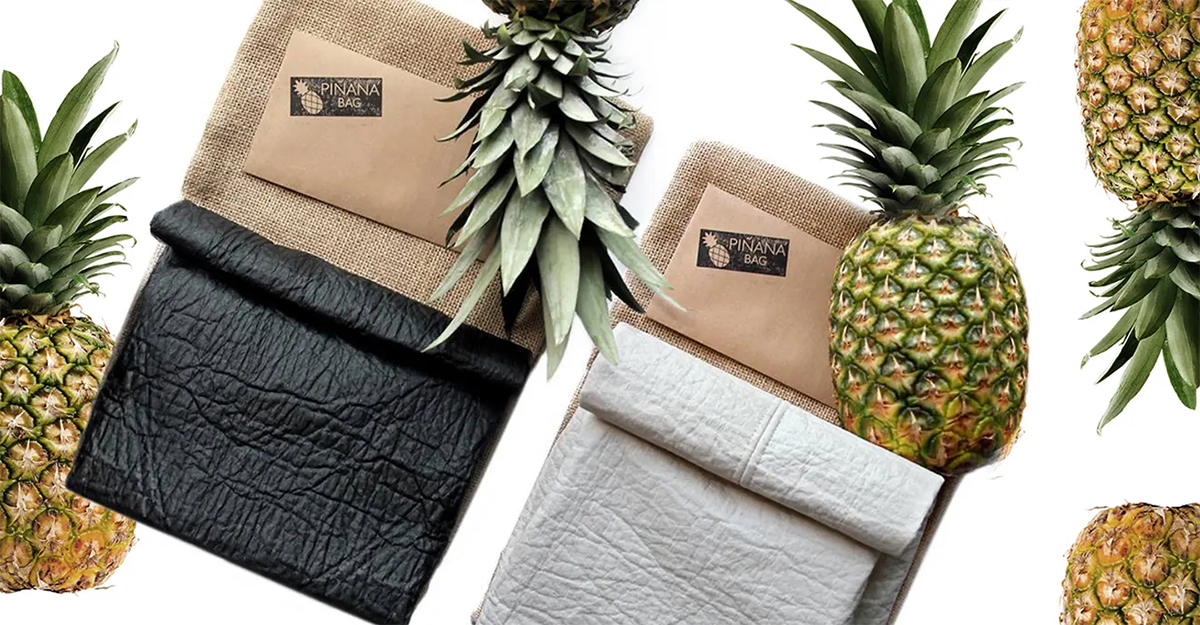
@greenmattersDOTcom
“As the move towards fully plastic-free gains momentum, we’re witnessing decreased demand for plastic fitments and vac trays, and have an expanding toolbox of recyclable and readily available materials.”
“ Micro-fibrillated cellulose – made of plant waste and stiffer yet lighter than carbon fiber or glass – makes packaging stronger and creates an oxygen and moisture barrier.
In addition to new and sustainable material sourcing, we‘re also increasingly utilising soy and water-based inks and glues, reducing and refining closures and fitments. This helps to eliminate the use of plastic fasteners or magnets.
Maximising Metal
“Many companies are now also maximising the use of metal in their products,” comments Odendaal.
“Metal’s low carbon footprint is derived from its high recyclability rate. It has the potential to be recycled an infinite number of times without molecular degradation or loss of structural integrity. Metal and tin is a great option for many premium brands as it help to convey an exclusive look and feel.
Attaining Eco-Credibility
The green packaging industry is forecast to reach a value of more than $440 billion by 2025, according to consulting firm Research and Markets. “Both increased market demand as more brands adopt sustainability to meet consumer preferences — and a surge in innovative technologies and are materials fueling this growth,” says Odendaal.
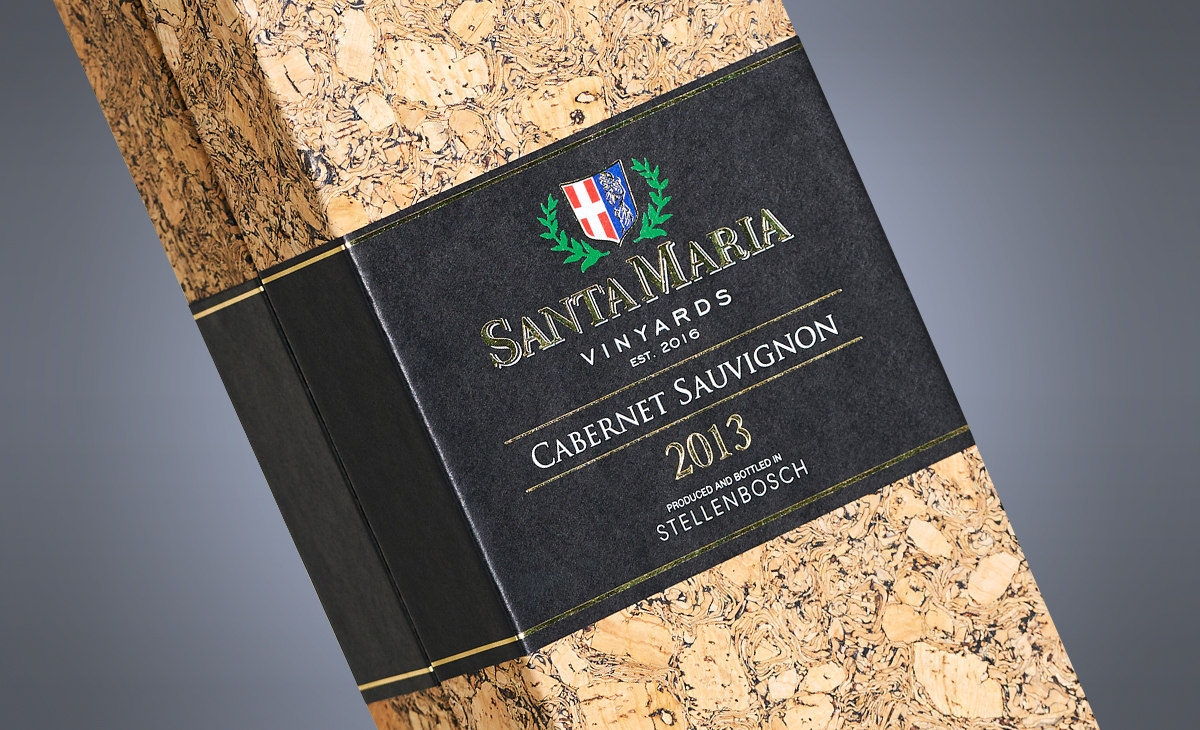
@iplpackaging.com
“As brands become more and more aware of the social and environmental impact of their messaging and adapt to new demands, so this also requires thought and understanding in brand application and messaging from a packaging design point of view,” he says. “It’s an entirely holistic process.”
“One thing is certain,” he concludes. “As a luxury brand, sustainable packaging is an indispensable part of attracting customers and maintaining brand reputation.”
“With the right approach, materials, and design and packaging partner it’s possible to create luxury packaging solutions that assist in meeting consumer desires, are environmentally responsible and make supply chains and shipping more economical.”
More articles

May 19, 2022
A Slam Dunk for Cincoro

February 25, 2022
The Whole Truth – A Holistic view of Sustainable Packaging

August 25, 2022
The Supply Chain: Guidelines for Ramping up Resilience

February 24, 2021
Giving it Gears: The art of steampunk

February 1, 2021
Hidden elements that make a difference to packaging quality – Part 1

February 21, 2023
Work Feature – Brugal 1888

December 8, 2020
A ‘New Normal’ in Packaging for Traditional Luxury Brands?

April 18, 2024